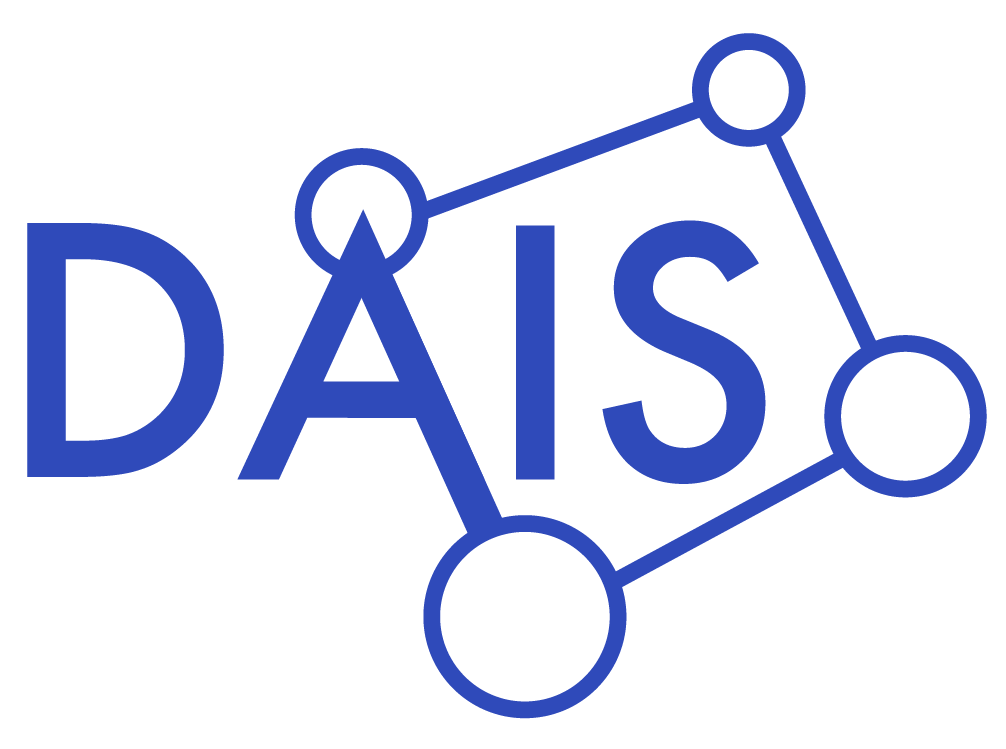Edge hardware
Computing at the Edge requires low-power computational nodes integrated with sensory and actuation systems. These nodes also require a secure and reliable communication methodology to connect to the rest of the world, typically Cloud based systems undertake further data analysis and processing. Historically, the Edge has primarily been a data acquisition node for the centralised processors. While simple, communication between the Edge and Cloud has provided a significant bottleneck, particularly in light of expansion of low-cost sensory nodes and large scale Internet of Things. The large redundant data being transmitted from the Edges can be converted into small packets of information by suitably utilising machine learning and AI tools at the Edge itself. This requires development of an entire chain of new hardware as well as integration of this with the existing ones. At one hand, new neuromorphic sensors need to be built and integrated. On the other hand, AI embedded systems designed on programmable hardware needs to be integrated with existing sensory nodes. Finally, there is a need to build a secure communication. The DAIS project aims to build the supply chain for this Edge hardware in Europe. The ambition is to build platforms and components which can be generic and hence find application in a large variety of environments. In addition, we also aim to demonstrate these AI at the Edge through a number of hardware as well as system demonstrators.

Objectives
1) Define the hardware requirements and architectures for Edge AI, both in terms of trainable systems as well as previously trained systems and define component level specifications for these
2) Data processing partitioning between AI hardware and software for optimal Edge applications
3) Design, built and test neuromorphic AI systems, through ASIC chips and FPGA
4) Integrate these with a number of sensory systems
5) Reduce data output to produce meaningful information and enhance quality, security and integrity of this information being transferred to backend systems
6) Adapt and built hardware for applications of demonstrator use-cases, both for the hardware supply chain as well as system level applications
Results:
We target for two pronged results. One would be standalone AI systems in both analogue and digital hardware which can be integrated with a range of Edge systems. The second would be dedicated hardware for application specific demonstrators supporting digital life, industry and mobility.
Partners:
FhG (Leader), NXPGE, NXPNL, TUD, Akim, KT, TST, UzL, ALM, Imec, Cosylab, INBV, JSI, UCAN, PDM, BEV
